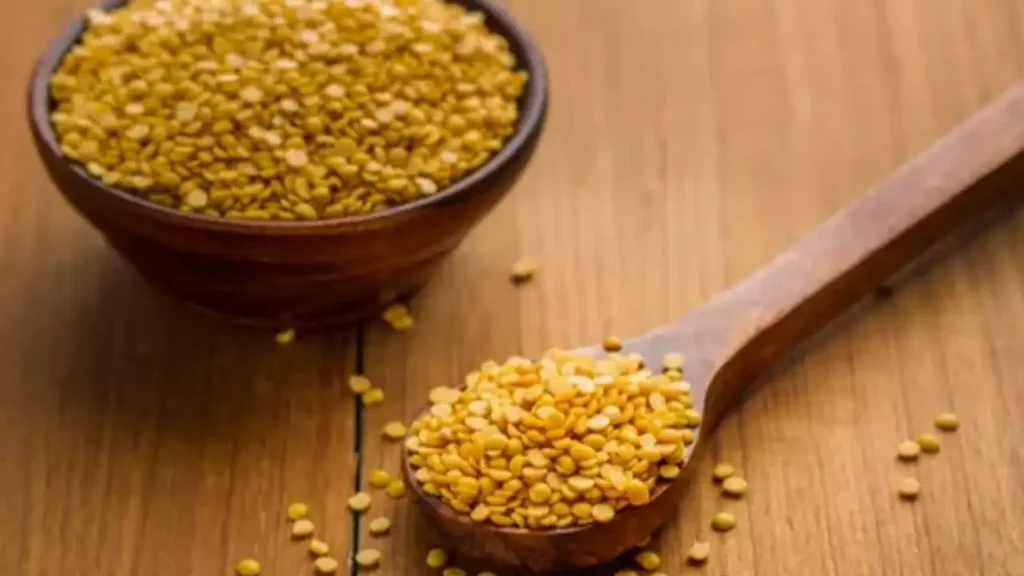India may allow duty-free imports of yellow peas beyond April to mitigate pulses inflation, as stated by an official. This decision is based on projections of reduced chana yield due to decreased acreage and productivity.
“Yellow pea imports are expected to help offset the anticipated shortfall in the supply of chana as the domestic crop is projected to be lower than that last year on drop in acreage and weather impacting the yields,” said the official, who did not wish to be identified.
In early December 2023, the Centre permitted duty-free imports of yellow peas until March 2024, later extending the period until April. This move was part of efforts to mitigate the high food inflation resulting from elevated pulse prices in recent months.
Continue Exploring: India extends duty-free import window for yellow peas to April 2024
The Wholesale Price Index inflation in pulses reached 18.48% in February, up from 16.06% in January. With the general election scheduled for April-May, the government has made several attempts to curb price rise in food items such as export restrictions, stock limits, offloading its own stocks and removal of import duties.
“The area under chana is less this year and the yield in Madhya Pradesh, Rajasthan and Karnataka is expected to be 10-12% lower this year,” said Suresh Agrawal, president, All India Dal Mills Association.
According to agriculture ministry data, the sown area under chana witnessed a decline of over 5% year-on-year during the rabi season of 2023-24. Additionally, concerns over moisture and erratic rainfall are anticipated to further diminish the overall yield.
According to government estimates, India is projected to import approximately one million tonnes of yellow peas by March 31 in the current fiscal year, potentially marking the highest volume in recent memory.
Continue Exploring: Chana Dal goes affordable with the launch of government’s ‘Bharat Dal’ brand
India predominantly sources its yellow peas imports from Canada and Russia.
As a significant consumer and producer of pulses, India fulfills a portion of its consumption requirements through imports. The nation’s staple pulse varieties include chana, masur, urad, Kabuli chana, and tur.
Food inflation has remained persistently high for several months, with pulses playing a significant role. The erratic monsoon rains in 2023, attributed to El Niño, have exerted pressure on agricultural output. The Ministry of Statistics estimates a farm output growth of 1.8% for this fiscal year, a decrease from the 4% recorded in 2022-23.
